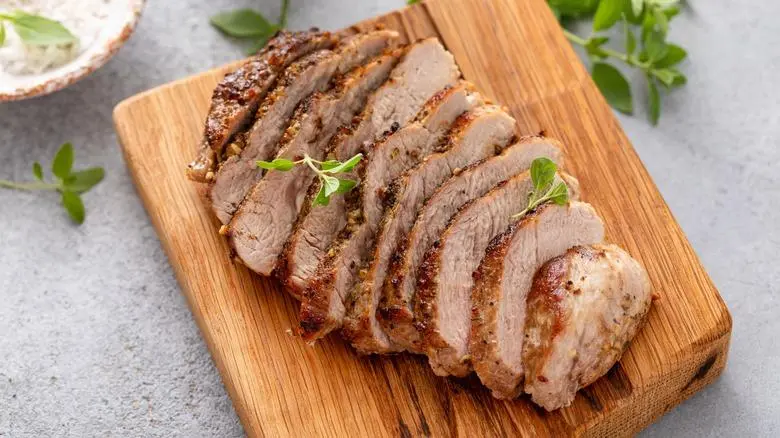Pink Pork Panic? Is It Safe To Eat Pork That's Still Pink In The Middle? - Truth About Tender & Safe Pork!
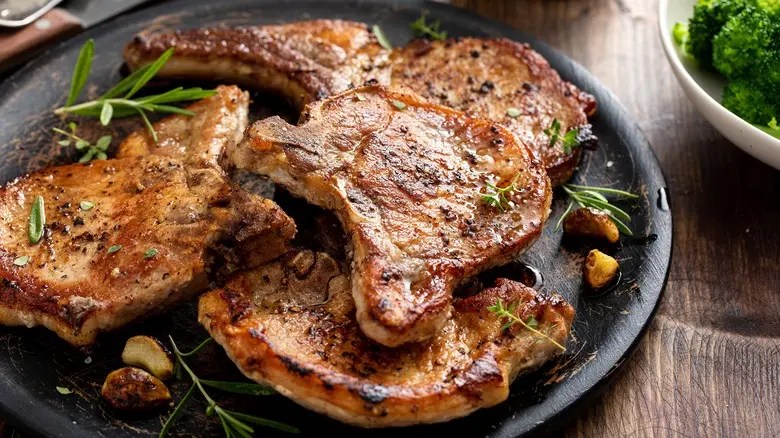
The juicy, tender allure of perfectly cooked pork is undeniable. But then you cut into it and… pink! Immediately, alarm bells might ring. Is it safe to eat pork that's still pink in the middle? For generations, the fear of undercooked pork and foodborne illness has been deeply ingrained. But modern pork production and updated guidelines have shifted the landscape. Let’s separate fact from fiction and get to the bottom of whether that slightly pink pork is a culinary delight or a food safety risk.
Understanding the Current USDA Guidelines for Pork
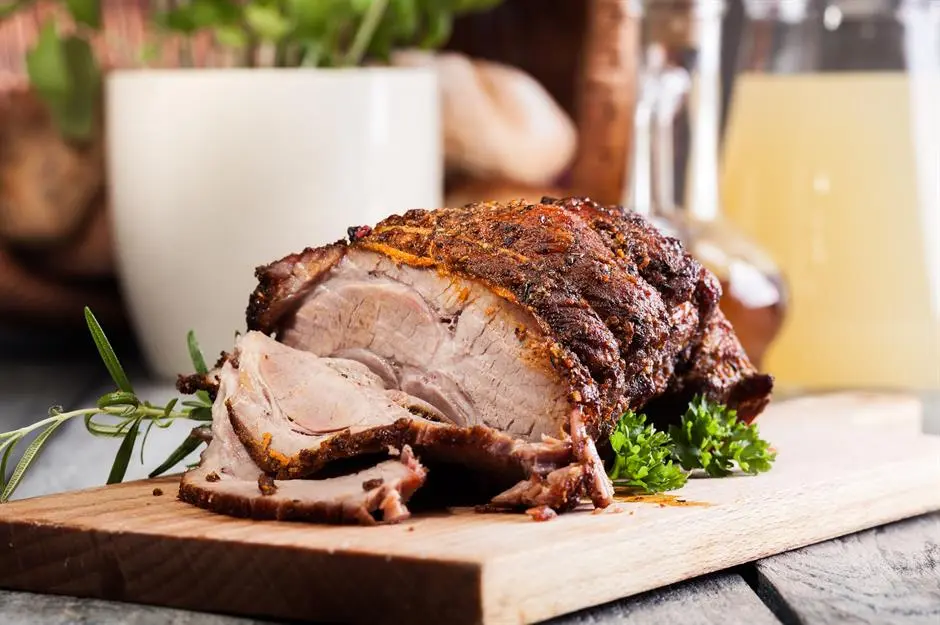
Food safety is paramount, and the USDA (United States Department of Agriculture) provides guidelines for safely cooking meat, including pork. The current USDA recommended safe internal temperature for pork is 145°F (63°C), followed by a 3-minute rest time. At this temperature, pork is considered safely cooked and any harmful bacteria, like Trichinella spiralis, are eliminated. It's important to note that this recommendation is for safety, and doesn't necessarily dictate the doneness preference for all palates.
Trichinosis Fears: Modern Pork is Different

Historically, the fear of pink pork stemmed largely from the risk of trichinosis, a foodborne illness caused by the parasite Trichinella spiralis. However, due to modern pork farming practices and regulations, trichinosis in commercially raised pork in developed countries is now extremely rare. Pigs are raised in controlled environments and regularly tested, significantly reducing the risk of parasitic contamination. This means the stringent "cook pork to well-done" advice from past generations is no longer entirely necessary for safety in most cases.
Pinkness is Not Always the Enemy: Temperature is Key
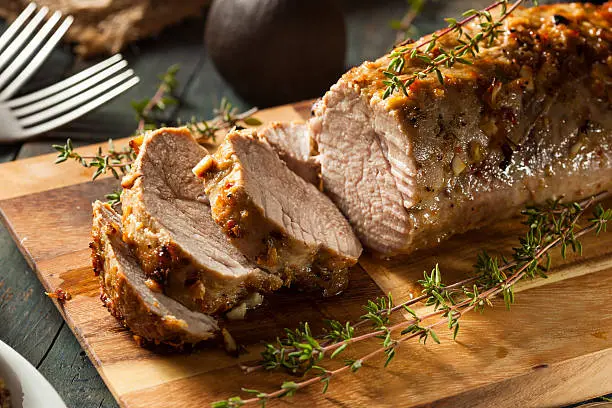
The color of cooked pork – whether it's pink or white – is not a reliable indicator of doneness or safety. Pork can remain slightly pink even when it has reached a safe internal temperature of 145°F (63°C). Factors like cooking method, the age of the animal, and even nitrates in curing processes can affect the final color. The only way to accurately determine if pork is safely cooked is to use a reliable meat thermometer and check the internal temperature at the thickest part of the cut.
Safe Practices for Tender and Safe Pork
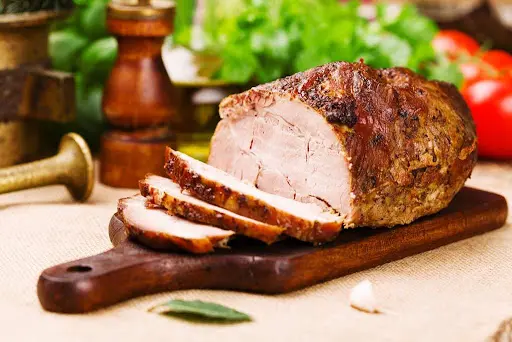
To enjoy perfectly cooked, tender, and safe pork, prioritize temperature over color. Always use a meat thermometer to ensure the internal temperature reaches at least 145°F (63°C). Let the pork rest for 3 minutes after removing it from the heat, as the temperature will continue to rise slightly (carryover cooking). If your thermometer reads 145°F and you allow for resting, slightly pink pork can be perfectly safe and delicious. Remember, prioritize food safety, but don't fear a little pink if you've followed proper cooking guidelines and temperature checks.
Recommended

Here's Why Your Baked French Toast Keeps Coming Out Soggy

How Much Protein Is Typically In Yogurt?

The Middle Eastern Ingredient That Pairs Perfectly With Tequila

Why This Sweet Vegetable Is One Of The Best For The Grill
Next up

